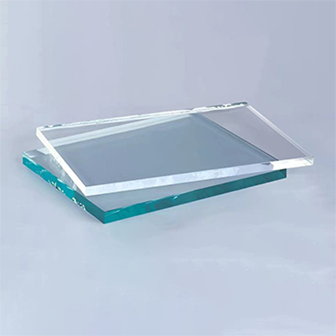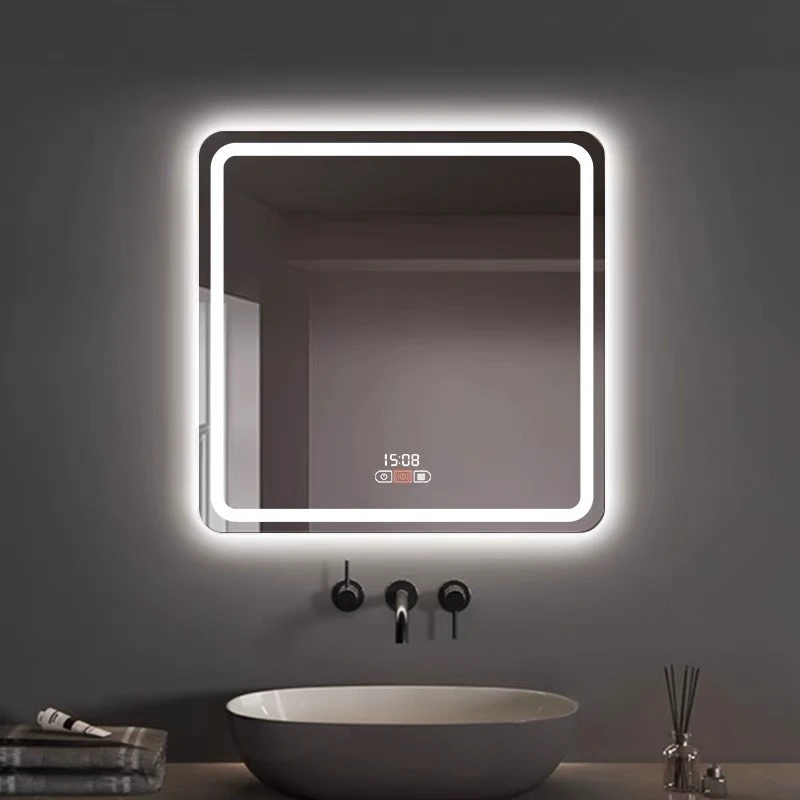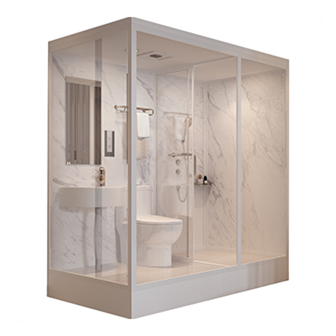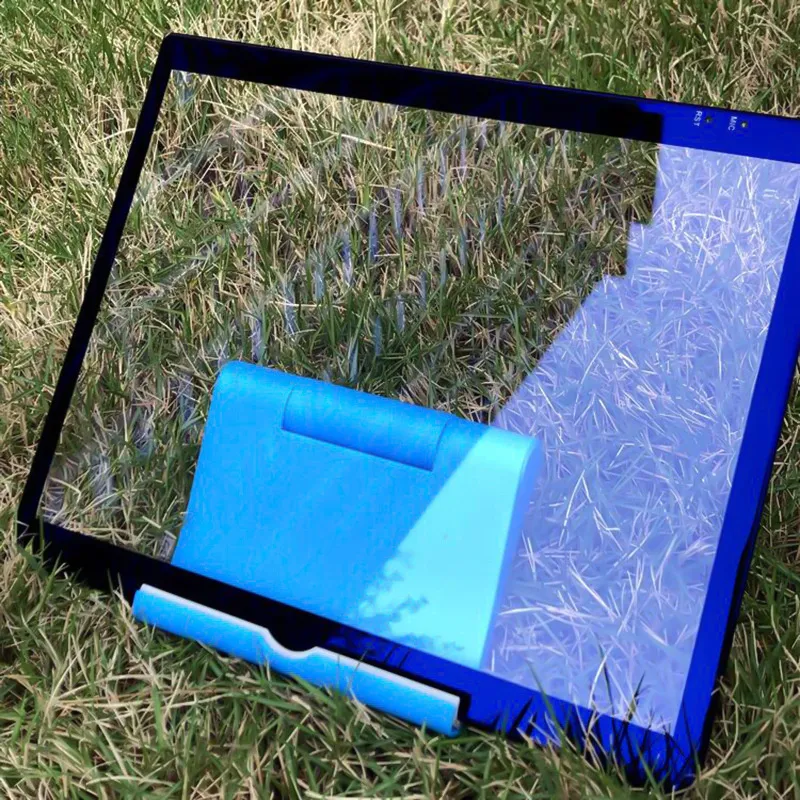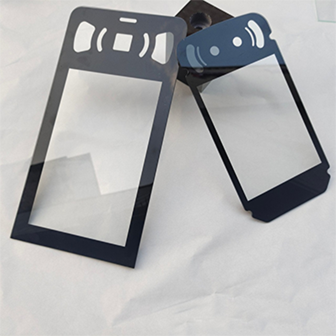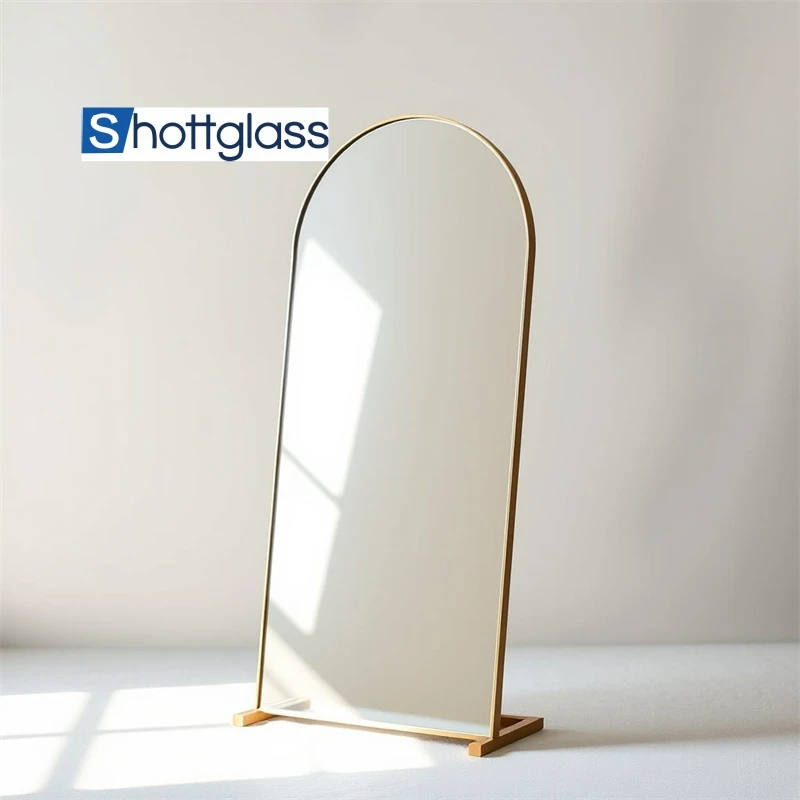Aug . 20, 2025 09:25 Back to list
Clear Float Glass: A Transparent Aesthetic Carrier in Modern Decoration
In the field of modern architectural decoration, Clear Float Glass has become an indispensable decorative material in commercial and residential spaces due to its pure and transparent texture, excellent physical properties, and diverse application forms, injecting a light and dynamic aesthetic atmosphere into the space.
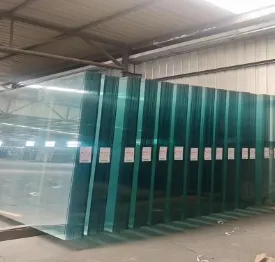
The birth of Clear Float Glass originates from a unique production process
The process of making float glass involves continuously flowing molten glass into a tin bath and freely floating on the surface of molten tin metal. Due to the smooth surface of the tin solution and the absence of chemical reactions between the glass and tin, the glass solution can naturally spread out and form a uniform thickness. After cooling and annealing, it forms a glass product with a smooth surface and extremely high light transmittance. This process not only ensures the flatness and transparency of the glass, but also precisely controls the thickness, ranging from 2mm to 25mm, to meet the decoration needs of different scenes.
The performance advantages of Clear Float Glass make it stand out in the field of decoration
Annealed float glass has extremely high light transmittance, reaching over 90%, which can maximize the introduction of natural light and make the space appear brighter and more open. At the same time, it has strong chemical stability, is not easily affected by temperature and humidity changes, has a smooth surface that is easy to clean, and is very convenient for daily maintenance. In addition, this glass has high mechanical strength and better impact resistance than ordinary flat glass, providing a basic guarantee for space safety.
Clear Float Glass is widely used in modern commercial decoration
The storefront of the shopping mall adopts large black float glass, which not only displays products clearly, but also forms a natural interaction with the outside world; The use of this glass partition in office buildings not only divides functional areas, but also maintains the openness and transparency of the space, enhancing the comfort of the office environment; The glass curtain wall in the hotel lobby, with its pure texture, introduces outdoor landscapes into the interior, creating an atmospheric and transparent visual effect.
Clear Float Glass also plays an important role in the field of residential decoration
The french window in the living room use large blue float glass to let the sun shine all over the room and connect seamlessly with the outdoor courtyard or urban landscape; The shower partition in the bathroom uses this glass, which not only ensures privacy but also avoids space suppression due to its transparency; The glass sliding door in the kitchen utilizes its smooth surface and easy to clean characteristics to separate spaces while maintaining overall aesthetics.
With the upgrading of decoration demand, clear flat glass is also constantly innovating. Low emissivity glass derived from coating technology can effectively insulate heat and improve the energy efficiency of the space; The safety glass combined with laminated technology will not scatter after breaking, further enhancing safety; In addition, the embossed and sandblasted Clear Float Glass after artistic processing adds more artistic atmosphere to the space decoration.
In summary, Clear Float Glass has become an important material in the field of modern decoration due to its advanced production technology, excellent performance, wide application in commercial and residential decoration, and continuous technological innovation. It breaks the boundaries of space with its transparent and pure characteristics, introduces natural light and shadow, meets functional requirements, and enhances aesthetic value, injecting unique vitality and agility into modern architectural decoration.
Clear Float Glass FAQs
What is Clear Float Glass? What are its unique advantages?
Clear Float Glass is a type of flat glass produced through the float process, known for its extremely high transparency and surface flatness. This type of glass is formed on molten tin, avoiding the ripples and distortions of traditional processes, making it an ideal choice in the fields of architecture and decoration. Its advantages include excellent optical performance (with a transmittance of over 91%), smooth and flawless surface, uniform thickness (capable of producing various specifications from 0.3mm to 25mm), as well as excellent chemical stability and weather resistance. In addition, it can be further processed into tempered, laminated or coated glass, expanding its application scenarios.
Why do modern commercial buildings prefer to use Clear Float Glass?
Modern commercial buildings such as office buildings and shopping centers extensively use Clear Float Glass, mainly because it can perfectly balance functional and aesthetic needs. Its high transparency can maximize natural lighting and reduce lighting energy consumption; Meanwhile, the colorless and transparent characteristics endow the building with a transparent and modern appearance, in line with the minimalist design trend. For example, the glass curtain wall of Apple's flagship store relies on the purity of ultra white floating glass. In addition, it can also be combined with LowE coating to enhance thermal insulation performance and meet green building standards. Is this type of glass also suitable for areas with high wind pressure or frequent earthquakes? The answer is yes, after tempering treatment, its impact strength can be increased by 35 times.
What are the innovative applications of Clear Float Glass in residential decoration?
In the residential field, Clear Float Glass has broken through the traditional use of windows and become an "invisible tool" for space design. For example:
Partition design: Use large-sized glass instead of solid walls to divide the living room and study, maintaining visual coherence;
Glass flooring: paired with LED light strips to create a floating effect, suitable for loft or duplex layouts;
Kitchen splash guard: easy to clean and heat-resistant, more modern than ceramic tiles;
Furniture integration: such as glass coffee tables and display cabinet door panels, highlighting the artistic quality of the displayed items.
What should users pay attention to? It is recommended to choose glass with a thickness of ≥ 8mm for load-bearing parts and perform edge grinding treatment to prevent cuts.
How to distinguish between high-quality and low-quality Clear Float Glass?
Poor quality float glass may contain bubbles, stones, or tin spots, which can affect performance and safety. When making a purchase, the following methods can be used for identification:
Observing the edges: High quality glass is cut neatly without any small cracks;
Light transmission test: Aim the glass at the light source, and inferior products will show wavy deformation;
Check flatness: When two pieces of glass are stacked, inferior products may have obvious gaps due to unevenness;
Brand certification: Priority should be given to international brands such as Pilkington and Saint Gobain, or domestically produced glass that has passed CCC certification.
Do you need to pay attention to UV transmittance? If used for sun protection in museums or homes, special coating models with a UV barrier rate greater than 70% can be selected.
What is the future development trend of Clear Float Glass?
With technological advancements, Clear Float Glass is moving towards multifunctionality and intelligence. For example:
Self cleaning glass: surface coated with titanium dioxide film, which decomposes organic matter through photocatalysis;
Electrochromic glass: adjust the transparency after powering on to replace curtains (such as the porthole of Boeing 787);
Photovoltaic integration: embedding transparent solar cells to achieve building power generation;
Antibacterial coating: In the post pandemic era, there is an increasing demand for antibacterial glass in hospitals and residential areas.
In terms of environmental protection, manufacturers are also promoting arsenic free formulas and waste glass recycling processes. Will it completely replace traditional glass in the future? At least in the high-end field, float glass technology has become an irreversible mainstream choice.
-
Types of Reflective Glass
NewsNov.17,2025
-
What Is Dichroic Glass?
NewsNov.17,2025
-
Smart LED mirrors can have touch controls
NewsNov.17,2025
-
Laminated glass improves energy efficiency
NewsNov.17,2025
-
Insulated glass enhances building comfort
NewsNov.17,2025
-
Acid etched glass offers elegant privacy
NewsNov.17,2025
Related PRODUCTS


